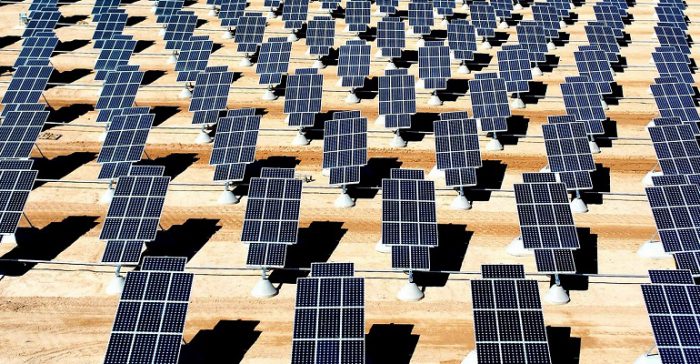Gita Subramony for Zondits, January 6, 2016. Image credit: tpsdave
Last week Marketplace reported on how solar customers in Nevada might end up paying more on their utility bills even though they use less energy from the grid. What’s going on here?
Abundant sunshine in the Silver State created high demand for solar arrays. However, the solar boom might be fizzling out. The Nevada Public Utilities Commission recently approved a new rate structure that increases fixed monthly fees customers have to pay if they install solar panels. The new rate structure also revises net metering rules so that customers receive less money for each kilowatt hour sold back to the grid. The new rate structure will likely kill the favorable project economics of installing solar panels – most projects might never recoup the initial costs.
Unless the rate structure is revised, the sunny days of solar in Nevada might be over. SolarCity, one of the largest rooftop solar installers, has already pulled out of operating in the state as a result. The Nevada Public Utilities Commission argued that solar customers were being subsidized by customers who relied exclusively on the grid for power and that the fees to maintain the grid were not nearly enough to cover those costs. Therefore, a rate increase was put forth for customers with solar arrays. Unfortunately, the changes have already negatively affected the economics of solar in the state. Instead of making solar more achievable to all customers and part of the utility model, the policy will effectively remove any impetus for residential use of solar energy.
The situation in Nevada again highlights how important it will be to successfully align utility profit models with clean energy technology and efficiency. Could New York State’s REV initiative provide a model for other states so that they can avoid situations like the one Nevada has found itself in?
